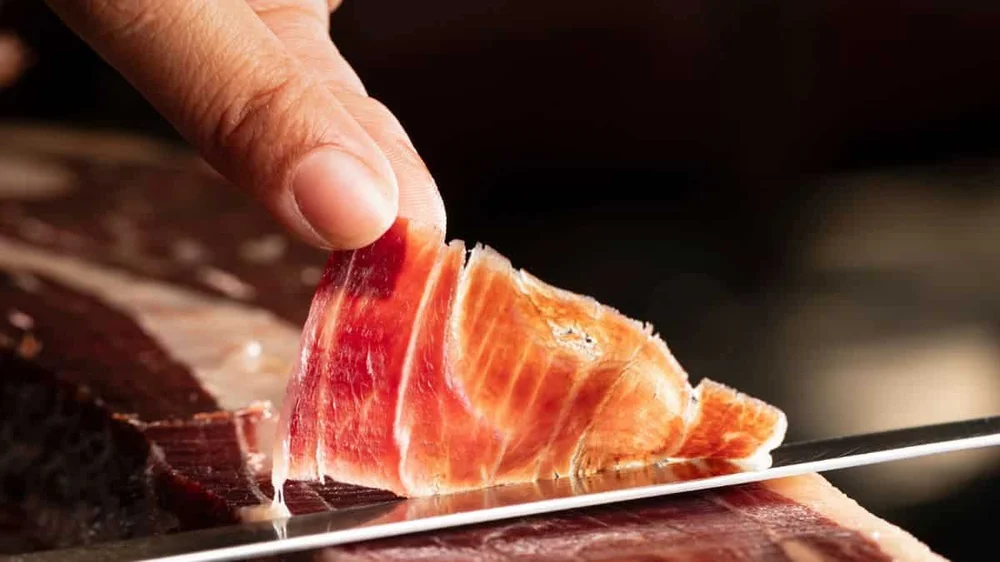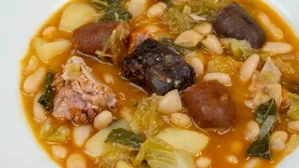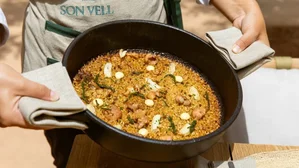Rising Costs of Iberian Ham: What Expats in Spain Need to Know

As the holiday season approaches, many expats in Spain are preparing to indulge in one of the country's most beloved delicacies: Iberian ham, or jamón ibérico. However, recent reports from the Spanish consumer organization OCU (Organización de Consumidores y Usuarios) highlight a significant increase in the prices of this luxury food item.
Factors Driving the Price Increase
The price of Iberian ham, particularly the highly prized jamón de bellota, has seen a substantial rise due to several key factors. One of the primary reasons is the strict breeding and feeding requirements for Iberian pigs. Hams labeled as "de bellota" must come from pigs that have been fed a diet of acorns and grass during the montanera phase, a period that typically lasts from October to February. This diet, combined with the pigs' slower growth rate and smaller litter sizes, significantly increases production costs[3].
Another critical factor is the maturation period. High-quality jamón de bellota is cured for a minimum of two years, but often up to four years, which results in a loss of weight due to water evaporation. This extended curing process enhances the flavor and texture but also drives up the cost. For every additional year of maturation, the ham loses around 8-10% of its weight, affecting the final price[3].
Organic and Conventional Production
The distinction between organic and conventional production also plays a role in pricing. Organic Iberian ham production is minimal in Spain, with only a handful of small producers. The higher cost of organic feed, the absence of preservatives, and stricter certification processes contribute to the elevated prices of organic hams[3].
Brand and Market Dynamics
Brand prestige and marketing strategies are additional factors influencing the price. Well-known brands like Cinco Jotas and Joselito often command higher prices due to their reputation and exclusive marketing campaigns. These brands may launch special series of hams at premium prices, which, while not necessarily justified by the quality alone, are driven by brand value and consumer willingness to pay more for recognized names[3].
Regional and Seasonal Variations
The time of year and regional differences can also impact prices. For instance, periods of shortages, such as when a manufacturer has exhausted its current stock and the next batch is not yet ready, can drive up prices. Additionally, prices can vary significantly depending on where the ham is purchased, with import costs and local market conditions playing a role[3].
What Expats Can Expect
For expats in Spain looking to enjoy Iberian ham this holiday season, here are some key points to consider:
- Quality and Price Range: Iberian hams can range from less than €40/kg to over €400/kg, depending on factors like breed, diet, and maturation period. For a high-quality jamón de bellota, expect to pay upwards of €200-€300 per kilogram[3].
- Availability: Popular brands and high-quality hams may be in short supply, especially during peak holiday seasons. Planning ahead and purchasing from reputable sources can help ensure availability.
- Regional Options: Shopping locally or directly from producers can sometimes offer better value compared to purchasing through importers or in tourist areas.
Enjoying Iberian Ham
Despite the rising costs, Iberian ham remains a delicacy worth savoring. To fully appreciate its rich flavor and smooth texture, it is recommended to enjoy it on its own with a simple accompaniment like bread and a glass of wine. For those looking to purchase a whole leg, companies like Fermin offer authentic, acorn-finished jamón ibérico that can be expertly knife-cut for an authentic experience[4].
As the holiday season unfolds, understanding the factors behind the rising costs of Iberian ham can help expats make informed choices and still enjoy this beloved Spanish delicacy.
Related Stories

Discovering the Flavors of Cantabria: The Cocido Montañés
Explore the heart of Cantabria's culinary heritage with the cocido montañés, a traditional stew that's a staple of local cuisine and a symbol of regional identity.

Spanish Dining Preferences: Quality of Rice Tops the List for Restaurant Choices
79% of Spaniards prioritize rice quality in restaurants, underscoring its pivotal role in Spanish cuisine and dining preferences.

Spain Boasts the World's Best Hamburger, and You Can Try It in Valencia or Madrid
Spain's culinary scene shines as a local hamburger is crowned the world's best, available in Valencia and Madrid. A must-try for food enthusiasts and expats alike.

Warning for Air Fryer Users in Spain: What Not to Do
Air fryer popularity in Spain comes with a crucial warning for users. Learn the common mistakes to avoid for safe and effective cooking.

Cantabrians: The Least Adventurous Spaniards When It Comes to Trying Beers
Study reveals Cantabrians are Spain's least adventurous beer tasters, yet hold a deep knowledge of traditional varieties, reflecting a unique cultural insight.